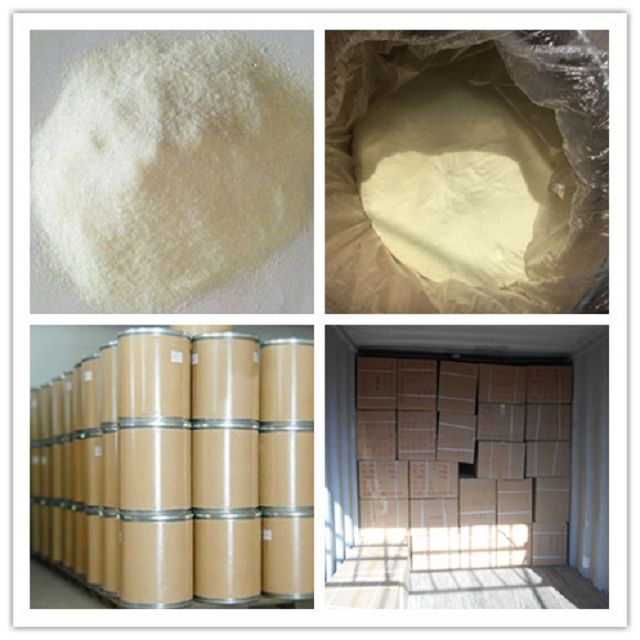Recently, there have been a lot of rain in the north, and corn has reached the stage of topdressing and weeding. Xiaobian summed up the classification and use of some herbicides , hoping to help farmers. Herbicides are also known as herbicides, a class of substances used to destroy or inhibit plant growth. The effect is influenced by three factors: herbicide, plant and environmental conditions. According to the action, it is divided into quenching and selective herbicides. The commonly used varieties are organic compounds. It can be widely used to control harmful plants such as weeds, miscellaneous irrigation and miscellaneous trees in farmland, orchard, flower nursery, grassland and non-cultivated land, railway lines, rivers, reservoirs and warehouses.
1. Herbicides are classified by action mode
1, contact herbicide: paraquat (Tiger, gram without trace) glufosinate (guaranteed test, 100 speed), enemy grass fast.
2, systemic herbicides: glyphosate (Nongda), bensulfuron-methyl (Nongde)
Second, selective classification: two major categories of selectivity and extinction
1. Selective herbicides: These herbicides are selective for crop toxicity and weed control. They can be divided into two categories, one is monocotyl herbicide and the other is dicotyledon herbicide.
(1) Phenoxycarboxylic acid herbicides: These herbicides are mainly used for grass weeds in the main varieties of broadleaf weeding: 2,4-D, pyridoxine, refined quetiapine, etc.
(2) Main types of amide herbicides: acetochlor, butachlor, chlorpyrifos, etc.
(3) Organic Heterocyclic Herbicides: There are many kinds of products in this category, and their modes of action are also different, and they are selective (Atrazine) and also extinct (paraquat).
2. Killer herbicides: These herbicides lack selectivity or minimal selectivity for plants and can kill most green plants.
(1), paraquat: killing contact herbicide, killing speed is high, high temperature and strong light, but no systemic ability can not kill grass roots. Mainly used for weeding in dry land and field.
(2), glyphosate: extinct systemic herbicide, dead grass speed is slow but the grass is thorough, the control effect on perennial weeds is good, cost-effective.
How to use herbicides
(1) The method of using the herbicide is a stem and leaf treatment method, a soil treatment method, and a herbicidal method. At present, the most commonly used methods are stem and leaf treatment during the growth period and soil treatment before sowing. Stem and leaf treatment during the growth period is a method of spraying herbicides on weed stems and leaves at a certain growth stage after crop emergence. In this way, the herbicide not only contacts the weeds, but also may contact the crop, so the herbicide is required to have a higher selectivity or directional spray for the purpose of safe application.
(2) The soil treatment before sowing is a method of spraying the herbicide on the soil surface before the crop is planted. Most soil treatment agents are used in this way. Stem and leaf treatment herbicides usually fall into the soil and are quickly passivated or decomposed by microorganisms to lose herbicidal activity, while soil treatment herbicides are generally ineffective against weeds after emergence. Therefore, when using the method according to the herbicide characteristics, the effect can be fully achieved and the negative effects can be avoided.
How to improve herbicide weeding method
1. Choose a suitable herbicide because each herbicide has a certain herbicidal spectrum, which is destructive and selective. Therefore, according to the crop species and the main varieties of weeds, effective herbicides should be selected. At the same time, we must choose herbicides according to the farming system. In addition, pay attention to mixing and alternate use of herbicides. Since the same herbicide has been used continuously for many years, it is easy to cause the sensitive weeds to gradually decrease and the resistance-resistant weeds to rise. Therefore, the herbicides should be mixed and used alternately during the year to achieve the long-term control of grass damage .
2. Select the best period of application according to the nature of the herbicide, the period of weed occurrence, the growth period of weeds and crops, and select the appropriate period of medication. There are many varieties of herbicides, such as stem and leaf treatment agents, soil treatment agents, contact herbicides, and herbicides. Some are suitable for weeding before germination, and some are suitable for weeding stems and leaves. The soil treatment is to spray the herbicide directly on the soil surface to kill the newly germinated weeds. For example, Duer, acetochlor should be used before the weeds are unearthed after the crops are planted. When the weeds are used after emergence, not only the effect is poor, but also the crops are damaged. Therefore, it is important to apply the herbicide at the optimum time.
More pesticide knowledge, please pay attention to China Pesticide Network
One of the top musk scents of the 1970s and 80s, Coty Wild Musk was very different from Jovan Musk – more sweet wood notes rather than florals. Wild Musk features notes of musk, Musk Ketone, powdery milk, lily of the valley, vanilla, sandalwood and milky accord.
From a 1980s ad: "If you`ve studied the birds and the bees you know the importance of scent and its power of attraction. What you may not know is that we humans can actually enhance our natural scent to speed up the reaction.

Musk Ketone Crystalline ,Powerful Musky Odor,White To Light Yellow Musk,Pale Yellow Musk
Gan Su Original Flavor Co.,ltd , https://www.muskxylol.nl